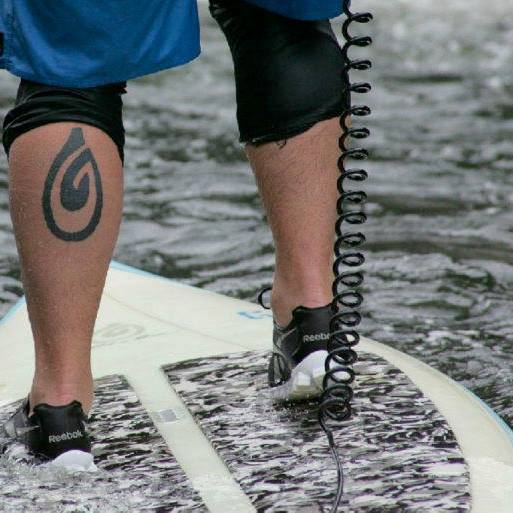
The Evolution of Paddle Board Design: A Look at the Most Significant Innovations Over the Years
Learn how stand up paddle boards have evolved over the years.
Paddle boards have a rich history, and like many other water activities, their design and technology have evolved over the years. From the traditional solid board to the versatile inflatable SUPs, innovations in paddle board design have made the sport more accessible and enjoyable for all skill levels. This article will explore the most significant developments in paddle board design and how they've influenced the sport.
The Early Days: Solid Boards
The original paddle boards were solid, sturdy, and primarily designed for long distances and racing. These boards were often heavy and required significant skill to master. Paddle board design focused on stability, speed, and balance. However, their weight and size made transport and storage challenging. Despite these challenges, these boards provided a solid foundation for the evolution of paddle board design.
The Rise of Inflatable Boards
Inflatable paddle boards marked a significant turning point in the evolution of paddle board design. The inflatable stand up paddle board combined the stability of a solid board with the convenience of portability. The design included a manual pump for inflating the board and a storage backpack for transport and storage. This made paddleboarding more accessible to a wider audience, as inflatable boards were easy to transport, store, and use.
Advanced Materials and ConstructionInflatable paddle boards also introduced the use of advanced materials and construction techniques. The double-layer construction increased the board's durability, and the use of military-grade PVC made them super durable. These boards could handle a range of conditions, from calm lakes to long-distance expeditions.
The Inclusion of Accessories
The evolution of paddle board design also included the integration of SUP accessories. Removable fins improved the board's control and stability, bungee cords provided storage options, and a non-slip deck increased safety. Some boards even included a waterproof bag, grab handles, and a camera mount. The inclusion of these accessories expanded the range of activities that could be done on a paddle board, from cruising to yoga and even fishing.
Adapting to Different Activities
As the popularity of paddleboarding grew, so did the demand for boards tailored to specific activities. This led to the development of specialized boards for racing, surfing, yoga, and more. For example, boards designed for yoga and fitness paddling had wider and more stable designs, while boards for racing were narrower and longer for speed.
The Future of Paddle Board DesignThe future of paddle board design continues to be driven by innovation and user needs. Innovations are continually being made in materials and construction to make boards lighter, more durable, and easier to use. Moreover, with the rise of SUP accessories, there's a growing trend towards customization, allowing paddleboarders to tailor their board to their specific needs and style of paddling.
Paddle boarding has come a long way from its origins. From solid boards to inflatable SUPs, the evolution of paddle board design has made the sport more accessible and diverse. The future of paddle board design promises even more innovation, making it an exciting time to be a part of this growing sport.
Technological InnovationsTechnological advancements are also playing a significant role in the evolution of paddle board design. For instance, some modern paddle boards are now equipped with digital features like GPS trackers, heart rate monitors, or even waterproof speakers. These innovations are making paddle boarding not just a sport, but a fully integrated fitness and leisure experience.
Moreover, advancements in manufacturing technology have also improved the quality and performance of paddle boards. Modern construction techniques, such as drop stitch construction, have significantly increased the rigidity and stability of inflatable paddle boards, making them almost as solid and sturdy as their hardboard counterparts.
Customization and Personalization
As the paddle board market continues to grow and diversify, there is an increasing emphasis on customization and personalization. Paddle boarders are no longer satisfied with one-size-fits-all boards; they want equipment that is tailored to their specific needs and preferences. Some manufacturers are now offering customizable boards, where customers can choose the color, design, and even the specific features they want. This degree of customization is the result of both technological advancements and changing consumer expectations, and is a testament to how far paddle board design has come.
In conclusion, the evolution of paddle board design has been marked by significant innovations and trends that have made paddle boarding more accessible, enjoyable, and personalized. As we look to the future, it's clear that the paddle board industry will continue to innovate and evolve, offering paddle boarders new and exciting ways to enjoy this wonderful sport. Whether you're just starting out or you're an experienced paddler, there's never been a better time to dive into the world of paddle boarding.


